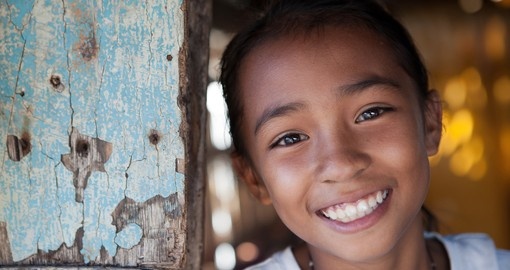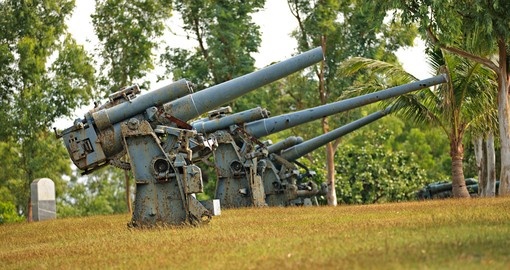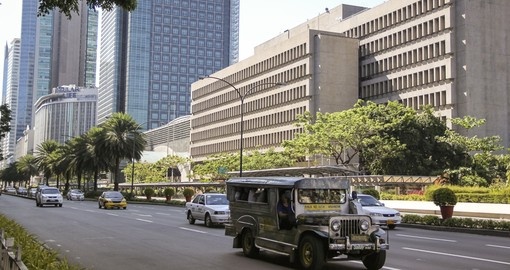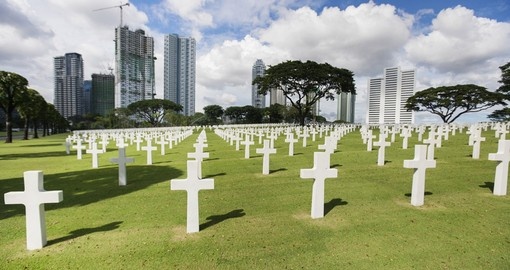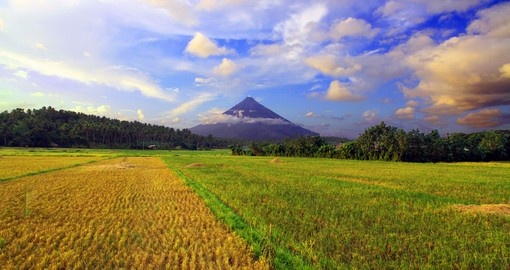Philippines History
The history of the Philippines dates back over 50,000 years ago as archaeological evidence discovered in 2007 in the Callao Cave in Cagayan was dated using uranium series ablation. The metatarsal bones found were dated to at least 67,000 years ago. As time passed, it is believed that Austronesian-speaking people came from Taiwan and settled in the country. They established a maritime trading route and as early as 5,000 BC they were trading with other parts of Southeast Asia. The Philippines developed and remained relatively untouched by other countries until the 16th century.
The first explorer from the West to visit the Philippines was Ferdinand Magellan from Portugal in 1521. He was followed by the Spanish conquistador Miguel López de Legazpi in 1565. He formed the first Spanish settlement in the Philippines which led to the country becoming a Spanish colony. López de Legazpi established a government on the islands and was the first Spanish Governor of the Philippines. Roman Catholic missionaries began to arrive and converted most of the population of the Philippines to Christianity. This influence is still felt today with over 80% of the population following the Christian faith.
The next three hundred years were difficult for the Philippines as revolts existed internally while colonial interest peaked externally. Countries like Britain, China, the Netherlands, France, Japan and Portugal were all interested in territory in the Philippines, but for the most part, Spain managed to maintain their control. The only time Spain lost control was during the Seven Year's War when Britain occupied the capital temporarily.
As the Philippines opened up to world trade in 1834, the population wanted more representation in Spain as well as reform at home. The first revolt was led by José Rizal who is considered a national hero and was Asia’s first modern nonviolent proponent of freedom. Many scholars believe that Rizal’s execution at the hands of the Spanish government in 1896 was the spark for the Philippine Revolution. The Philippine Revolution was led by Andrés Bonifacio and was continued by Emilo Aguinaldo. Aguinaldo established a revolutionary government, however, this was not recognized by Spain. On 17 May 1897, the Spanish governor-general Ferdinando Primo de Rivera announced the death of the revolution, however, this was merely the beginning.
When the Spanish-American war broke out in 1898, Aguinaldo unofficially allied the Philippines with the United States. Fighting gradually broke out in the Philippines and when the American Commodore George Dewey defeated the Spanish squadron at Manila Bay, Spain was forced to cede the Philippines, Puerto Rico, Guam and Cuba to the United States. Following this annexation, tensions broke out between Filipino revolutionaries and the United States. Rebellions lasted until 1913 with many casualties and the Philippines were not granted independence until 1946.
In 1965, Ferdinand Marcos was elected president and along with his wife Imelda, set out to modernise the country. They also attempted to rein in the elite families that had ruled the country. To do this, Marcos declared martial law in 1972 establishing a powerful grip on the country. He was deposed in 1986 after the People Power Revolution, a peaceful and bloodless revolution, brought democracy. Although the Philippines experienced a return to democracy, successive administrations have been criticised for corruption and self-interest. Despite a somewhat rocky political history, the Philippines has continued to grow steadily as a popular tourist destination due to its beautiful beaches and its “off the beaten track” location.
Philippines Travel Information
At Goway we believe that a well-informed traveller is a safer traveller. With this in mind, we have compiled an easy-to-navigate travel information section dedicated to the Philippines.
Learn about the history and culture of the Philippines, the must-try food and drink, and what to pack in your suitcase. Read about the Philippines nature and wildlife, weather and geography, along with 'Country Quickfacts' compiled by our travel experts. Our globetrotting tips, as well as our visa and health information, will help ensure you're properly prepared for a safe and enjoyable trip. The only way you could possibly learn more is by embarking on your journey and discovering the Philippines for yourself. Start exploring… book one of our Philippines tours today!
Extend Your Trip
After your Philippines tour considers taking the time to visit other destinations. Goway offers exciting China vacation packages, India tours and Thailand vacation packages plus a comprehensive selection of vacation packages in many other Asian countries.
Book your Philippines tour with Goway!
 ASIA by Goway is an exclusive division that specializes in planning and organizing Philippines tours, vacations and experiences. Choose from a simple city stopover, a romantic island stay, an independent travel module, and much more. We want to be your first choice when next you go globetrotting to Philippines.
ASIA by Goway is an exclusive division that specializes in planning and organizing Philippines tours, vacations and experiences. Choose from a simple city stopover, a romantic island stay, an independent travel module, and much more. We want to be your first choice when next you go globetrotting to Philippines.
Get a Trip Quote Order a Brochure







